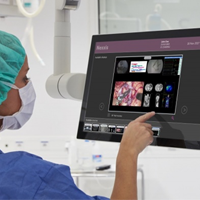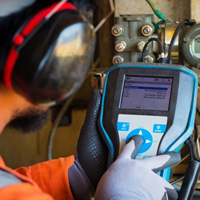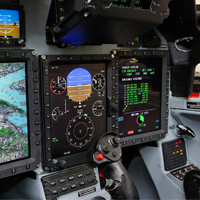The vast amount of display cables can be overwhelming and confusing. There is a reason why each display cable works the way it does. Thinking about the purpose and functions of your display solution is therefore very important.
We have put together a list of some of the most used display cables, explaining what to use them for.
This should help point you in the right direction as to what display cable is right for your display solution.
Display Cables Guide
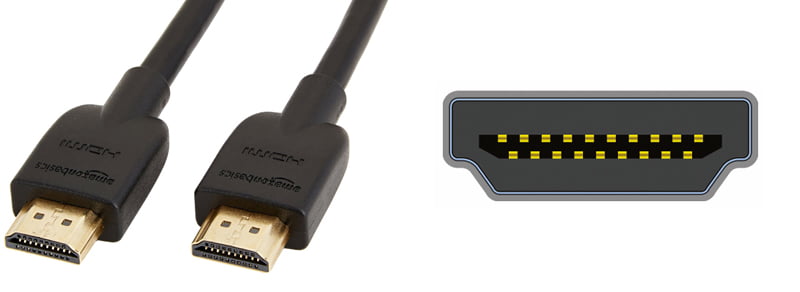
HDMI Cables
HDMI cables connect multiple devices via one single cable, simplifying this process tremendously.
One of the best qualities of HDMI cables is the ability to transfer both uncompressed video and compressed and uncompressed audio signals from a source device to a compatible display or monitor. HDMI is a digital option that replaces analog video standards.

DVI Cables
DVI cables are another digital interface used to connect a video source to a display device. DVI cables are designed to transmit uncompressed digital video data and come in three formats.
DVI-D for digital only video, DVI-A for high resolution analog only video and DVI-I is a mix between DVI-D and DVI-A (digital and analog).
DVI and HDMI Cables Compatibility
DVI and HDMI cables are both used to transfer digital data. HDMI is a newer technology than DVI though and was developed and promoted by the consumer electronics industry. Even though both display cables have the same electrical specification, they are different in some ways.
- HDMI is not compatible with VGA and does not support analog signals.
- DVI is limited to RGB colors where HDMI cables support other color models as well.
- DVI cables only support video data. HDMI however also supports audio data.
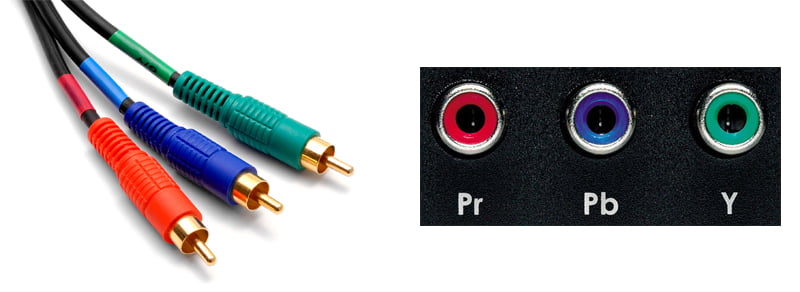
Component Cables
Component cables are usually the way to go when it comes to analog video. They only transmit visual images and often come with separate audio cables. Component cables have RCA plugs at the end and are often color coded to match the correct port to allow for easy installation.

Composite Cables
Composite cables are very similar to component cables because they too have RCA plugs at the end of them. The big difference between component and composite cables is that component cables carry only video data and composite cables carry both audio and video data.
Composite cable ends are also color coded – yellow for visual, red for left audio and white for right audio.

S-Video Cables
As the name might suggest, S-video cables are used to transmit only video signals and no audio signals. The S-video cable divides the video data into two separate signals: color and brightness.
S-video cables are becoming less common these days as they are being replaced by HDMI cables that offer a higher image quality. S-video cables are is essence component cables.
Or simply contact the team via email or call our UK main office +44 (0) 1634 327420


